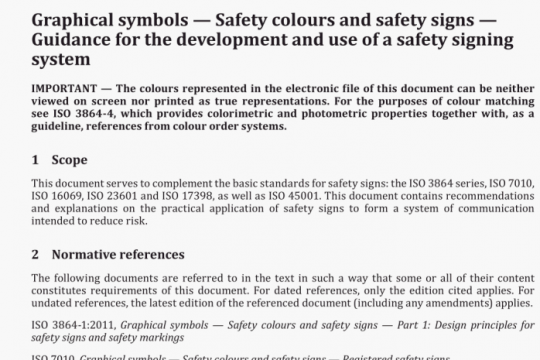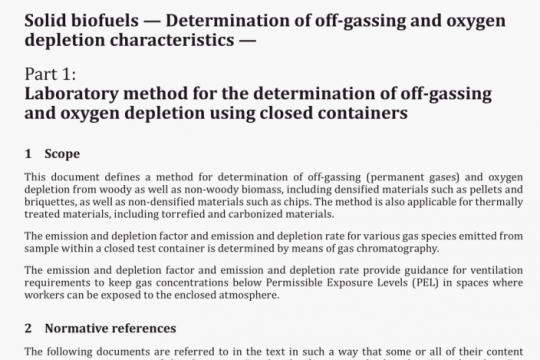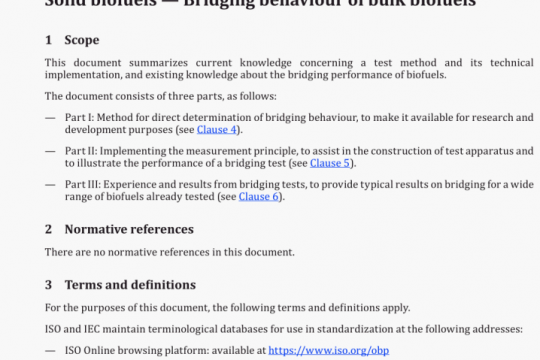ISO 15727 pdf free download
ISO 15727-2020 pdf free download.UV-C devices一Measurement of the output ofa UV-C lamp.
4.3 Type of ballasts
4.3.1 General
The ballast provides the high initial voltage required to create the starting arc and then limits the current to prevent the UV-C lamp from self-destructing. LJV-C lamp ballast can be either magnetic or electronic.
4.3.2 Magnetic ballasts
Magnetic ballasts are used to start the UV-C lamp and may be either standard electromagnetic or energy-efficient electromagnetic. The ballast provides a time-delayed inductive kick with enough voltage to ionize the gas mixture in the tube after which the current through the tube keeps the filaments energized. The starter will cycle until the tube lights up. While the IJV-C lamp is on, a preheat ballast is just an inductor which at the main frequency (50 Hz or 60 Hz) has the appropriate impedance to limit the current to the UV-C lamp to the proper value. Ballasts shall be fairly closely matched to the UV-C lamp in terms of tube wattage, length, and diameter.
4.3.3 Electronic ballasts
Electronic ballasts are basically switching power supplies, which eliminate the large, heavy, ‘iron’ ballast in favour of an integrated high frequency inverter/switcher. Current limiting is then done by a very small inductor, which has sufficient impedance at the high frequency. Properly designed electronic ballasts are relatively reliable, which depend on the ambient operating temperature, location with respect to the heat produced by the UV-C lamp as well as other factors.
5 Measurement of the output of a UV-C lamp
5.1 Measurement method classification
There are two methods to measure the output of a IJV-C lamp:
1, Measurement of the output of a UV-C lamp in a darkroom: Tests in laboratory (also known as static darkroom test) are conducted to ensure the accuracy and consistency of the measured results;
2. Measurement of the output of a UV-C lamp in a test chamber: For industrial application, the tests in a test chamber shall take account of the impact of environmental changes in field (such as temperature change and air velocity change). This method is described in AnnexE.
5.2 Measurement of the output of a UV-C tamp in a darkroom
5.2.1 Instrument
The cosine correction for radiometers and spectroradiometers is critical to the proper measurement of the IJV-C irradiance. The cosine correction shall be confirmed by the following method for each IJV-C lamp and ballast combination so that the UV-C lamp measurements are consistent within and between laboratories.
The minimum measurement distance needs to be determined for the given UV-C lamp and UV-C radiometer in order to verify cosine response characteristics of the tJV-C radiometer and reduce its cosine correction error. The method is as follows:
a) Take readings of the UV-C radiometer for different distances (radiometer position perpendicular to the UV-C lamp axis), see Figure 4:
b) Take several readings of the UV-C irradiance. For example, moving the radiometer from the closest point to the most remote point and then back again;
c) Average the irradiance readings for each distance;
d) Calculate the output UV-C radiation power of the UV-C lamp from the measured irradiance using Formula (1) for each distance;
e) Calculate the output UV-C radiation power of the UV-C lamp; plot the calculated UV-C power versus the distance;
f) When the measurement distance is greater than the minimum distance Dman, the measured IJV-C irradiance is consistent with the tJV.C output power through calculation as per Formula (1). The UV-C output power of the IJV-C lamp should become independent of the distance;
g) The measurement distance shall be greater than Dmj,,.
The distance derived by this method is valid for the combination of specific UV-C lamp length and specific individual radiometer.ISO 15727 pdf download.




